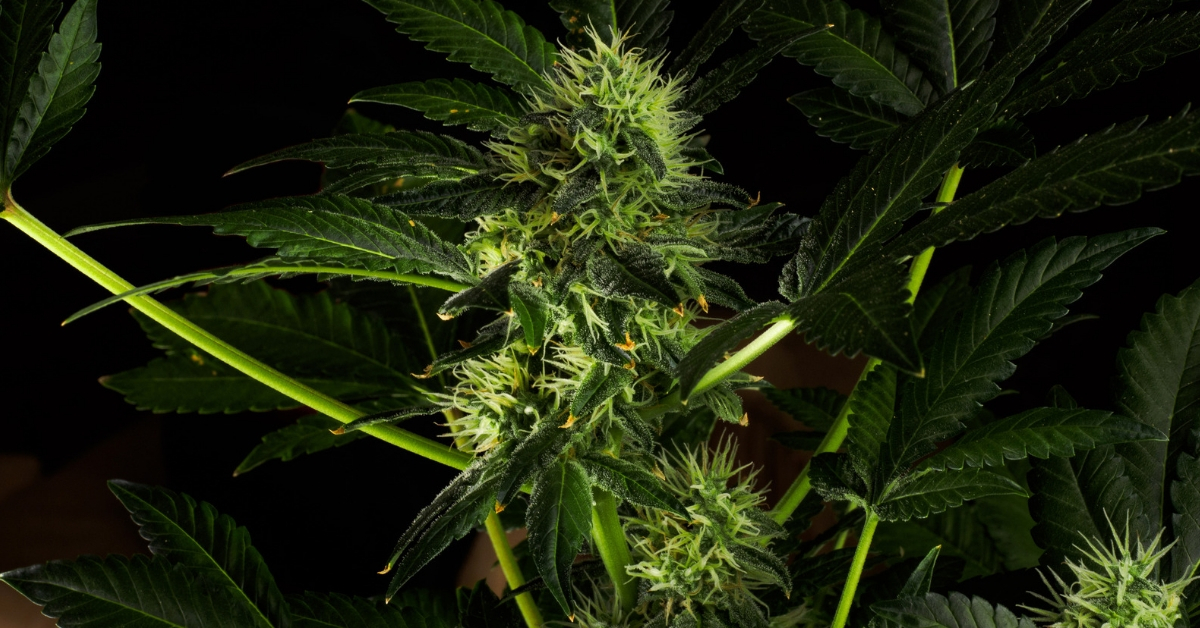How to Grow Plants Indoors for a Higher Yield
How to grow plants indoors
Learning how to grow plants indoors is challenging enough. You need to really think about how to give your plants enough sunlight and how to avoid a tangled root system, among other things. So, when trying to increase yield on indoor plants, the challenges are doubled. On a side note, it’s best to grow your indoor plants in a fabric pot and make use of the natural air pruning process, as this will help to keep your plant roots tangle-free.
Despite the challenges involved in achieving higher yields, there are two indoor growing methods that boast a proven track record when it comes to increased yield: Topping and Low Stress Training (LST). Let’s take a look at how both methods work together in more detail…

What is topping and how does it work?
In order to understand what topping is, it’s important to know what nodes are. Plant stems are divided into nodes, which are the points at which leave sprout. Topping is the action of snipping a stem just above the node, removing any topgrowth and exposing the cut stem to the air. When a stem is “topped”, two new stems begin to grow. When those two new stems are topped, each one sprout to more, resulting in four new stems.
There are some important things to take into consideration before using the topping method to increase yield. The first is that topping should only be practiced on very young plants; those that are less than two or three years old. The second is that, while topping can be performed more than twice, the more you top, the more your plant will remain in the vegetative stage. If you’re really in a rush to see your plant flower, it’s best to stick to two toppings.
On a final note, never top your plant when it’s flowering, because it places the plant under far too much stress. This would immediately inhibit growth and actually reduce your yield.

What is LST and how does it work?
Low Stress Training works in partnership with topping. Once a plant has been topped, the new branches should be pulled downward and outward, so that they lay in a horizontal position, thus exposing the nodes where the topping took place to the above light source. Each time you top, you should follow up with the LST method to encourage the plant to grow in a horizontal bush-type formation instead of a typical Christmas tree-looking shape.
The advantage of the bush-type plant formation is that more buds are exposed to the above light source, and this is how LST helps to increase indoor plant yield. To ensure that the branches remain fixed in this horizontal position, many gardeners use wires or mesh netting. As long as the plant’s central stem remains vertical, you can use whatever kind of material offers the best results.

Grow lights and the sweet zone
When you place a plant that’s been topped and treated using the LST method under a grow light, the majority of the buds will be exposed to the area known as the sweet zone; an area of intense light and optimal temperature, located between the grow light and plant. Buds that find their way into the sweet zone are rewarded with the necessary conditions to flower, which in turn means that the grower can increase his or her yield.
While the winning combination of topping, LST, and sweet zone may seem a little daunting to a novice grower, it really only take two or three attempts to feel comfortable with the process. So, by how much will you be able to increase your indoor plant yield this year?









